For a long time, getting a postpaid line in the Philippines was considered a milestone. It meant you were financially stable enough to commit to a monthly bill, and it came with the perks of convenience, bigger allocations, and often, a new phone. Prepaid was seen as second-tier, for those who couldn’t handle the responsibility of a locked-in contract.
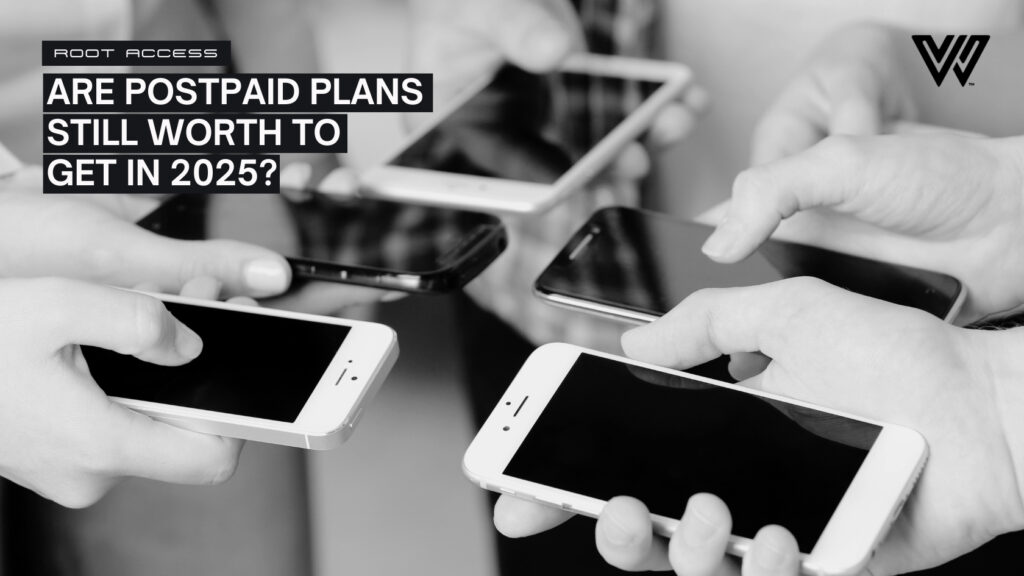
But that was years ago. Today, the landscape looks very different. Prepaid offers have not only caught up, as they’ve surpassed postpaid in flexibility, value, and relevance to how Filipinos use their mobile connections. Which raises the question: in 2025, are postpaid plans even worth it anymore?
A Brief History of Postpaid’s Appeal
Back in the early 2000s, having a postpaid line was a status symbol. Mobile phones were expensive, promos were limited, and prepaid users constantly worried about running out of load. Postpaid was positioned as the premium option—no more topping up, no more reloading at sari-sari stores, and you got priority service. Telcos bundled devices with two-year contracts, making it easier to own the latest Nokia, BlackBerry, or later, an iPhone.
In short, postpaid meant convenience, exclusivity, and access. Prepaid was “pang-masa,” good enough for call-and-text but not much else.
The Rise of Prepaid Flexibility
That gap has vanished. Today, prepaid has evolved into something much more powerful. With GOMO, you can buy data that doesn’t expire and convert it into calls and texts whenever you want. DITO offers generous data allocations at low cost, attracting budget-conscious users. Globe and Smart both regularly push unlimited 5G promos on prepaid, giving subscribers access to fast speeds without commitments.
On top of this, prepaid internet is no longer just about mobile phones. Converge now offers Surf2Sawa, a prepaid fiber service where households can load up internet like a mobile plan. This opens affordable broadband to families who don’t want or can’t afford a long-term postpaid contract.
The difference is control. Prepaid users decide when and how to spend. If you don’t need much data this month, you don’t pay. If you suddenly need more, you can upgrade instantly. This is the kind of flexibility postpaid still doesn’t offer.
The Lock-in Trap
One of postpaid’s biggest weaknesses is the contract lock-in. Most postpaid lines come with a 24-month commitment, sometimes even 36 months if you’re getting a high-end device. This means you’re stuck paying the same amount every month regardless of whether you still find the plan useful.
If coverage in your area worsens, or if your needs change, you can’t simply walk away. You’ll face hefty pre-termination fees. With prepaid, you’re free to switch anytime. Many Filipinos today carry two or more SIMs, choosing which one to use depending on which telco offers the best signal or promo in their location.
The Device Subsidy Myth
One of the biggest draws of postpaid is the “free phone” bundled with your plan. But the truth is that these devices are never really free. The cost of the phone is spread out over the contract period, often at a higher total than if you bought the phone outright.
For example, a flagship phone priced at PHP 60,000 might be offered for “free” under a PHP 2,499 monthly plan. But over 24 months, you’ll end up paying nearly PHP 60,000 just for the service, plus the hidden cost of the device built into that amount. Compared to buying the phone in cash and pairing it with a prepaid unlimited data promo, you might end up spending far less in the long run.
Why Prepaid is now King
I still maintain a postpaid plan right now, and it’s been with me for years. But looking at the numbers today, I’m already thinking of cutting it off.
Take Globe’s SIM-only GPlan 599. For PHP 599 a month, you only get 5 GB of data plus unlimited calls and texts. Now compare that to Globe’s prepaid Go+149. For PHP 149, you get 12 GB open access data, 8 GB more for selected apps, plus unlimited calls and texts valid for 7 days. Stack four of those in a month and you’re paying PHP 596—the same as postpaid—but getting 48 GB (or more) instead of 5 GB.
Smart has a similar issue. Their SIM-only Signature Plan 599 gives you around 10 GB of data per month with unlimited calls and texts. But their prepaid PowerAll 449 promo already gives you 30 GB data, unlimited all-net calls and texts for 28 days, and costs less than postpaid even if you add another promo to complete a 30 or 31-day cycle. If you want even more flexibility, Smart’s Magic Data promos give you large allocations of non-expiry data, which postpaid doesn’t offer at all.
Reloading channels are also offering perks. Take Shopee for instance, which offers up to 20% off your prepaid number reloads. That gives you more savings in the long run.
Looking at those comparisons, it feels like I’m paying more for less with my postpaid line. The only real thing tying me to it is habit, and maybe the convenience of not topping up every week.
Changing Consumer Habits
The way Filipinos use mobile connections has also shifted. We’re no longer limited to one SIM card. Dual-SIM smartphones have made it easy to jump between prepaid networks, choosing whichever promo works best at the moment. This “mix and match” behavior is far more aligned with prepaid than postpaid. Mobile Network Portability (MNP) also gives you the flexibility to retain your current phone number when you switch networks, too.
Younger consumers, in particular, value flexibility. They’re not as interested in locking themselves into a two-year deal when they can hop between promos that offer more data for less. Even professionals, once the main market for postpaid, now often prefer prepaid because of its simplicity and adaptability.
Postpaid in 2025: What’s Left?
This doesn’t mean postpaid is completely obsolete. For some users, the convenience of not having to worry about topping up is still appealing. Corporate accounts and families who want a single bill might still find postpaid useful. Some also prefer the structured nature of a monthly plan.
But in terms of raw value, prepaid is winning on almost every front. Unlimited data, no expiry, cheaper prices, and the ability to cancel anytime make it hard to justify sticking with postpaid unless you’re after a bundled device or need it for work requirements.
The Rundown
The idea of postpaid as the “premium” choice no longer holds up in 2025. With prepaid plans offering more freedom and better value, many Filipinos are realizing they don’t need to be locked into a contract just to stay connected.
Unless telcos rethink their postpaid strategies, the gap will only widen. True unlimited data, meaningful loyalty rewards, or device financing that saves money could make postpaid relevant again. But as things stand, prepaid is positioned as the smarter option for most consumers.
I’ve been hanging on to my postpaid line for convenience, but the truth is, I don’t see the value anymore. I could save money, get more data, and stay flexible by shifting to prepaid.
If prepaid can give you the same perks without the chains of a monthly bill, is there still a reason to stick with postpaid?
Welcome to Root Access – a new WalasTech section where I share editorial opinions on how tech impacts Filipinos. Here, I tackle pressing issues, trends, and topics that challenge the norm in tech, culture, and society. Root Access unpacks complex topics with an unfiltered approach, with new posts published every Monday.



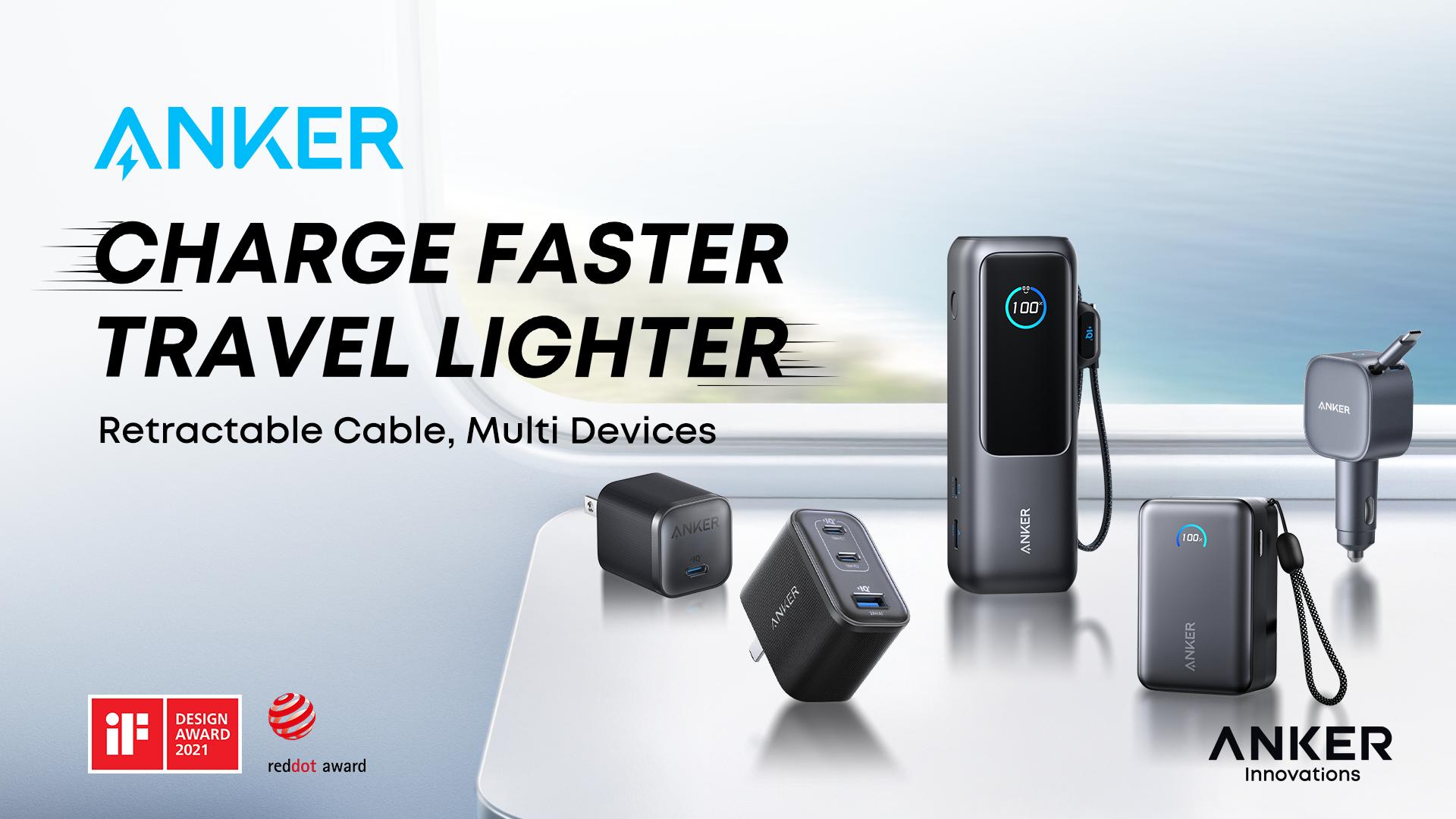


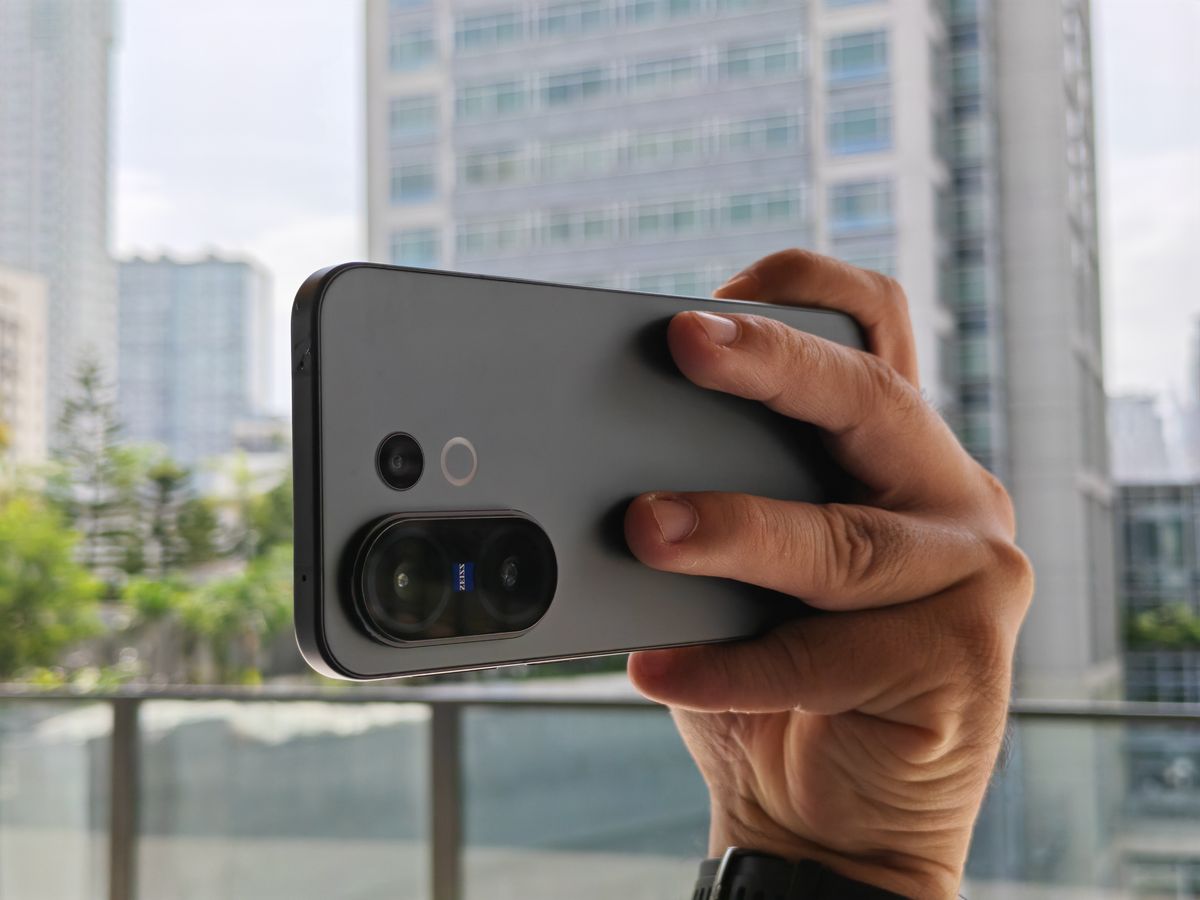
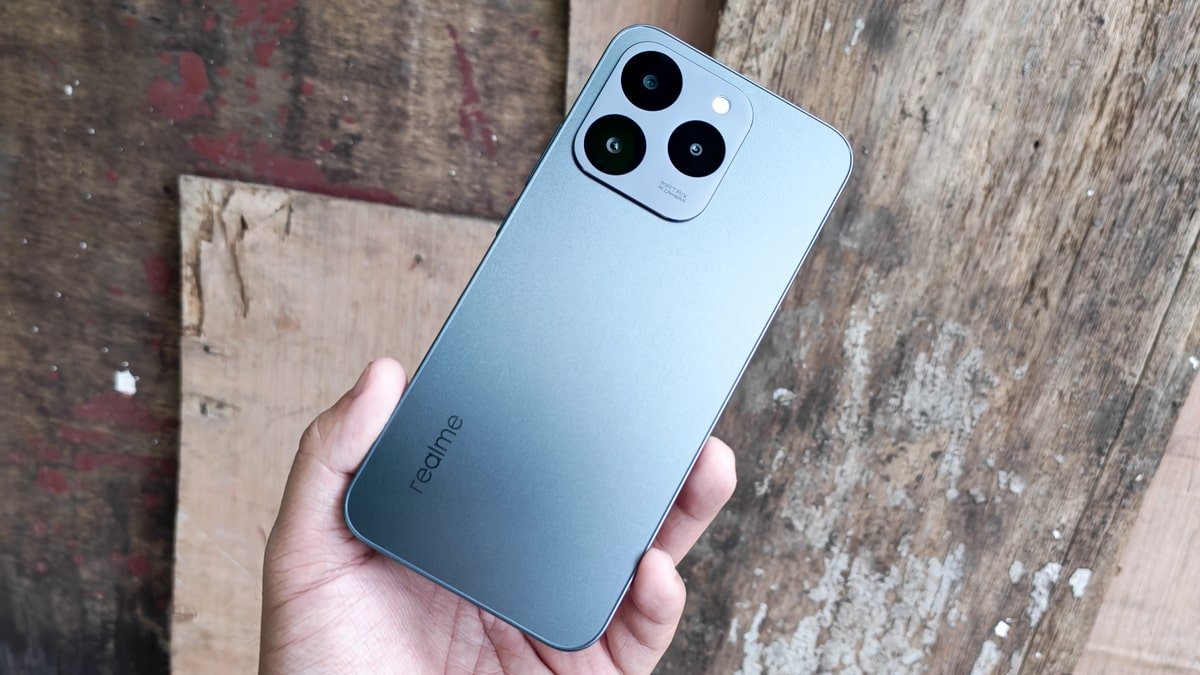

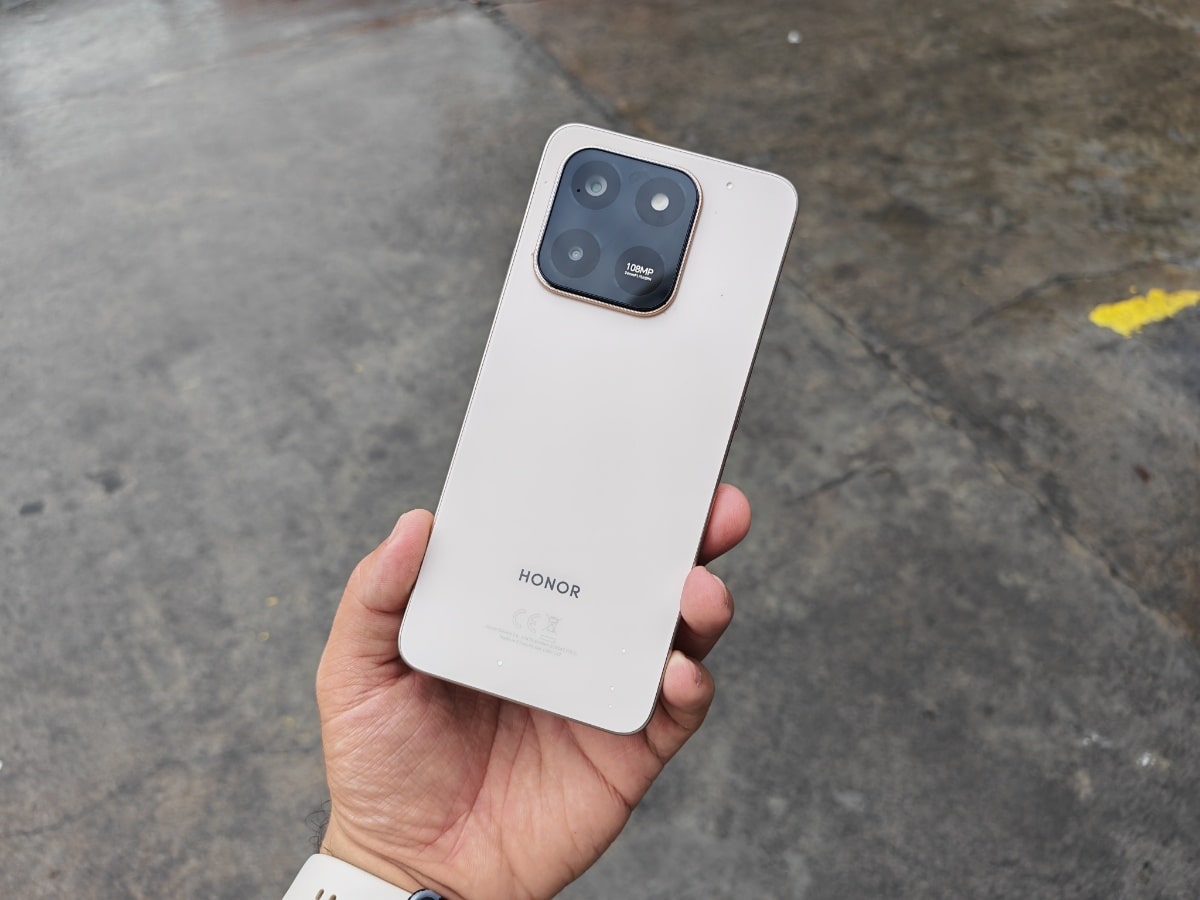
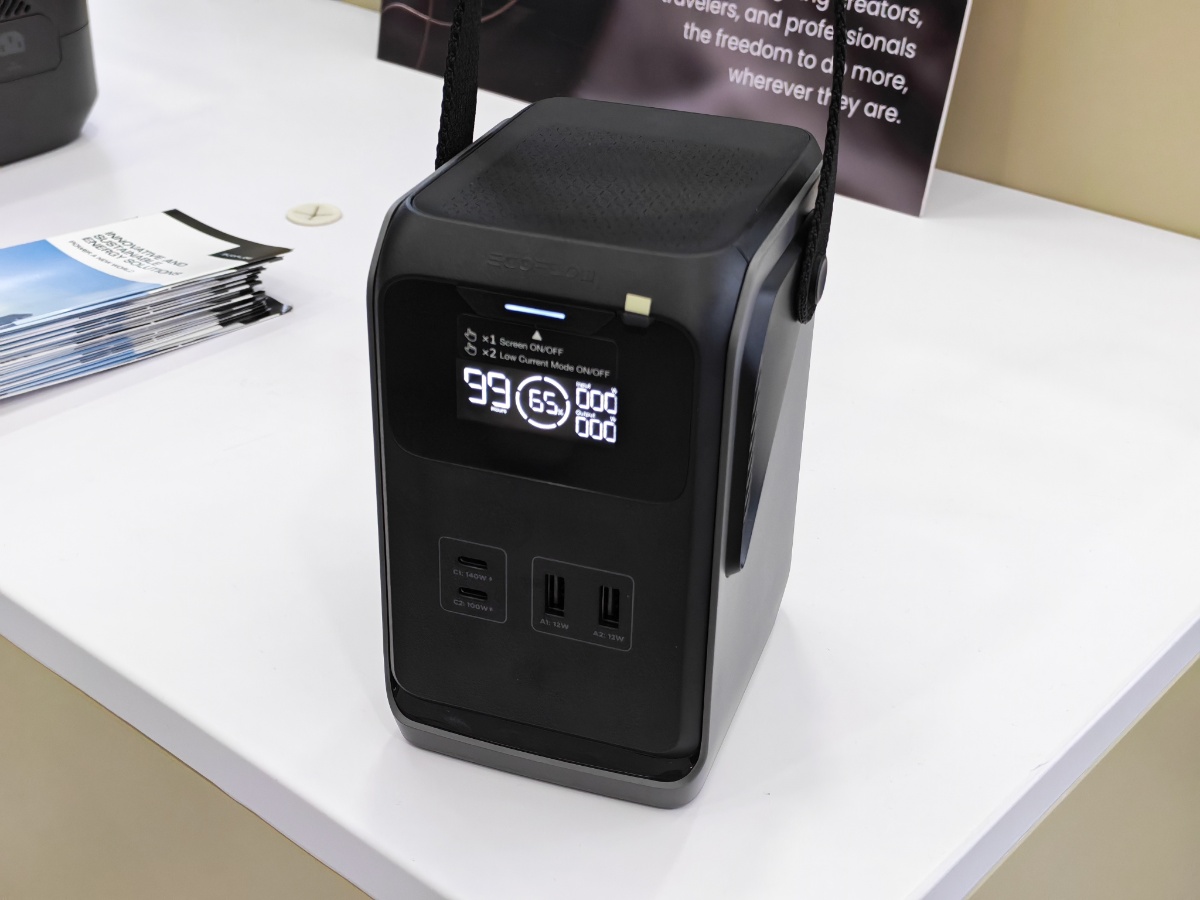
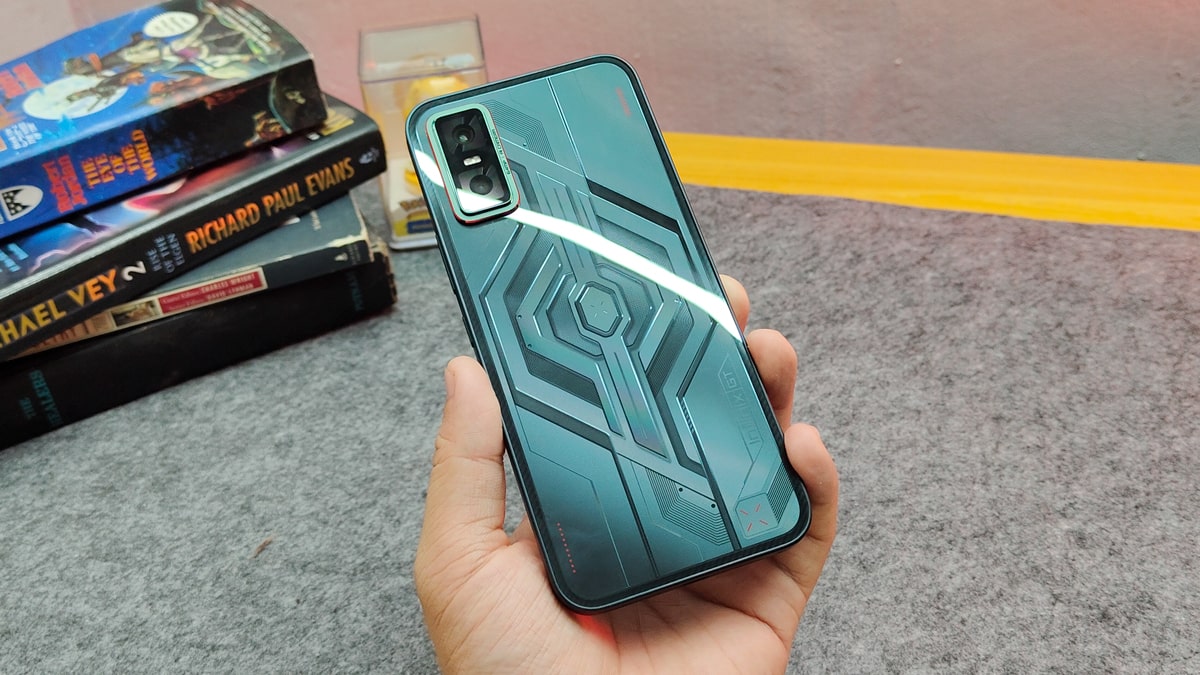
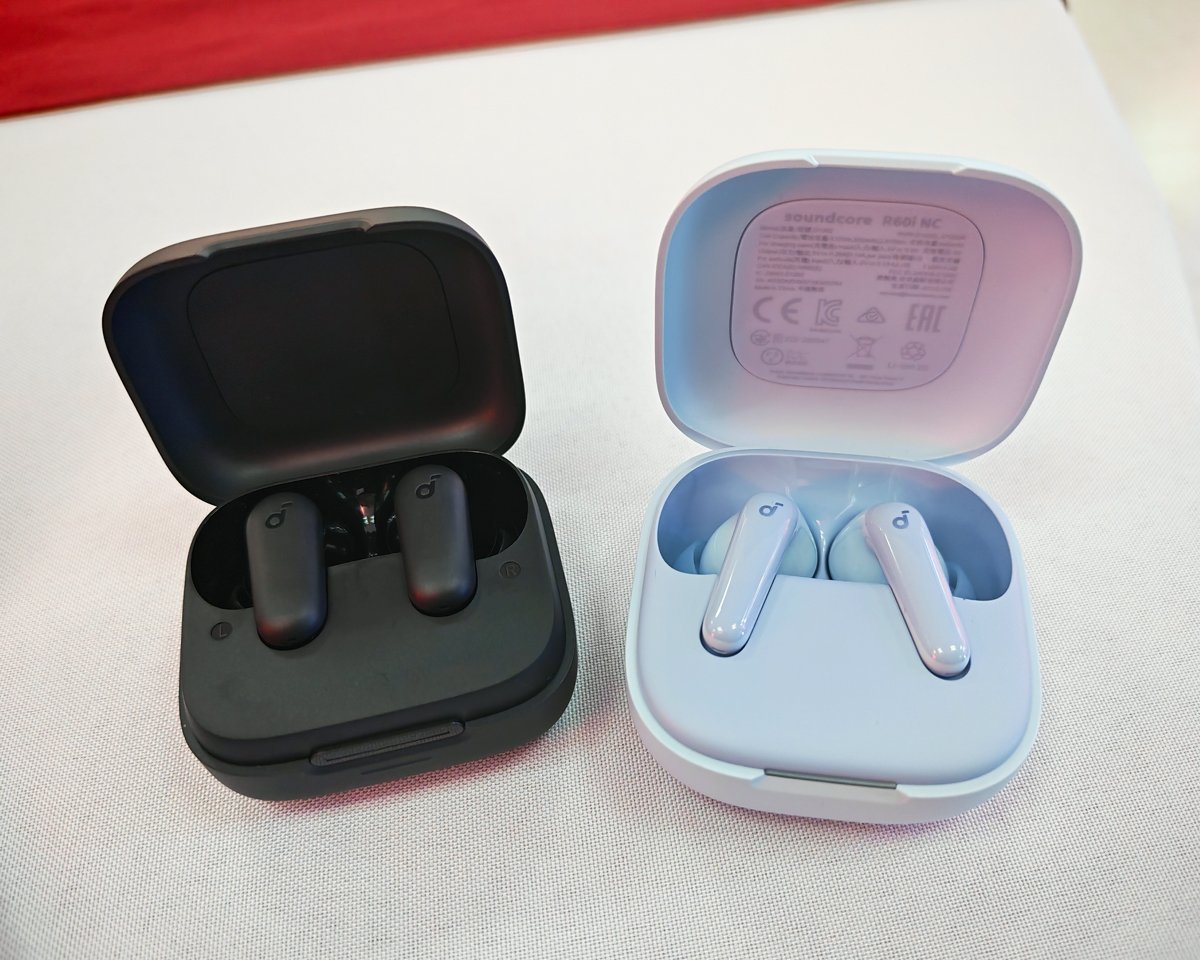
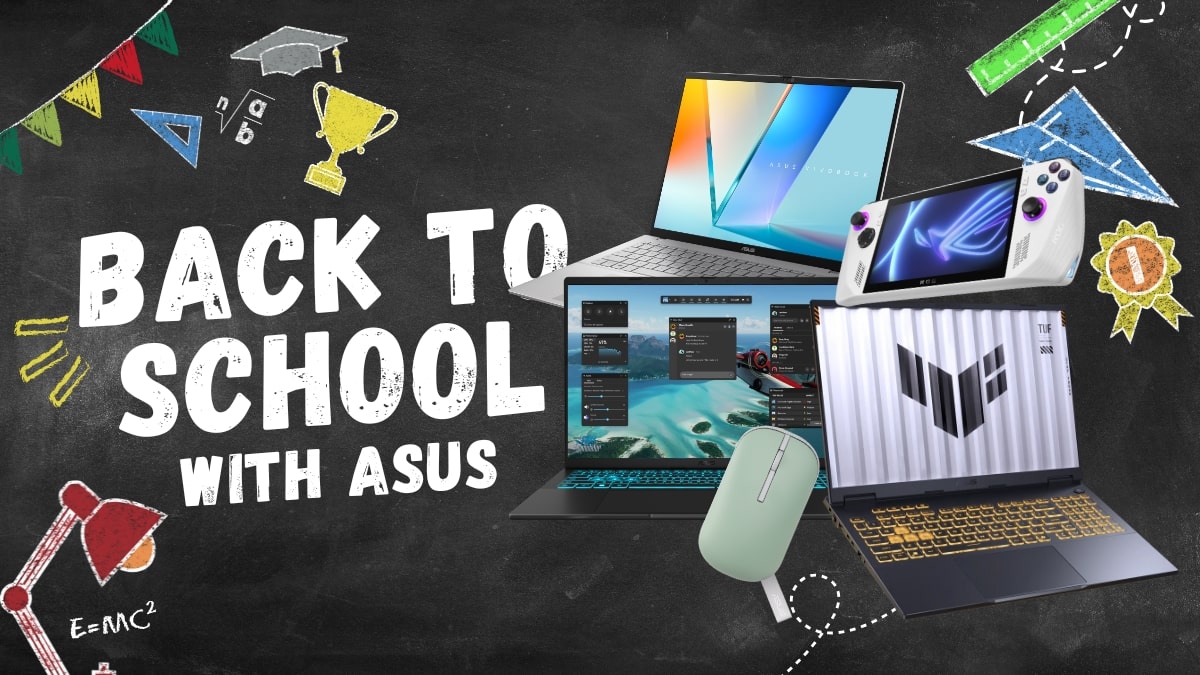

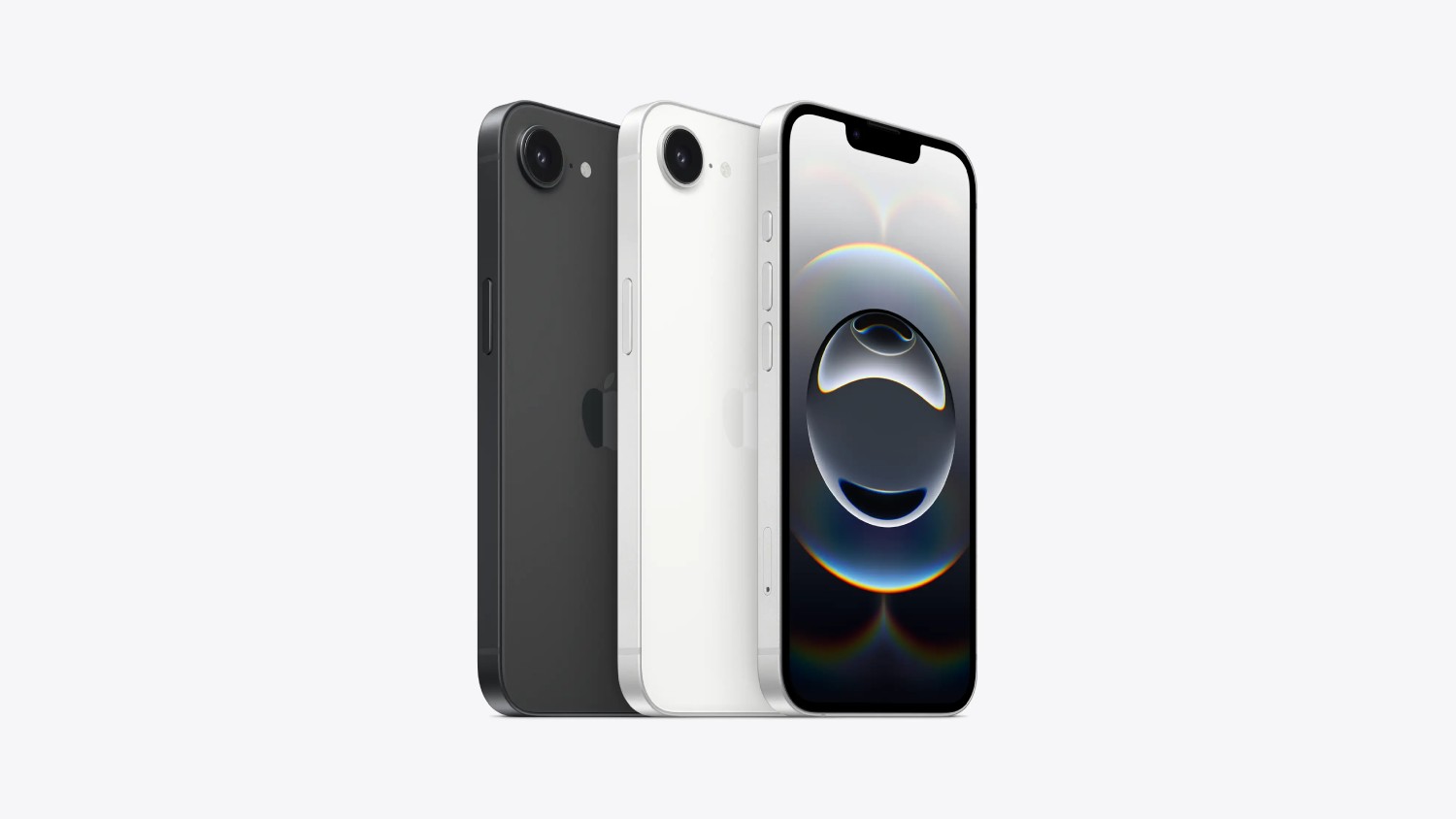
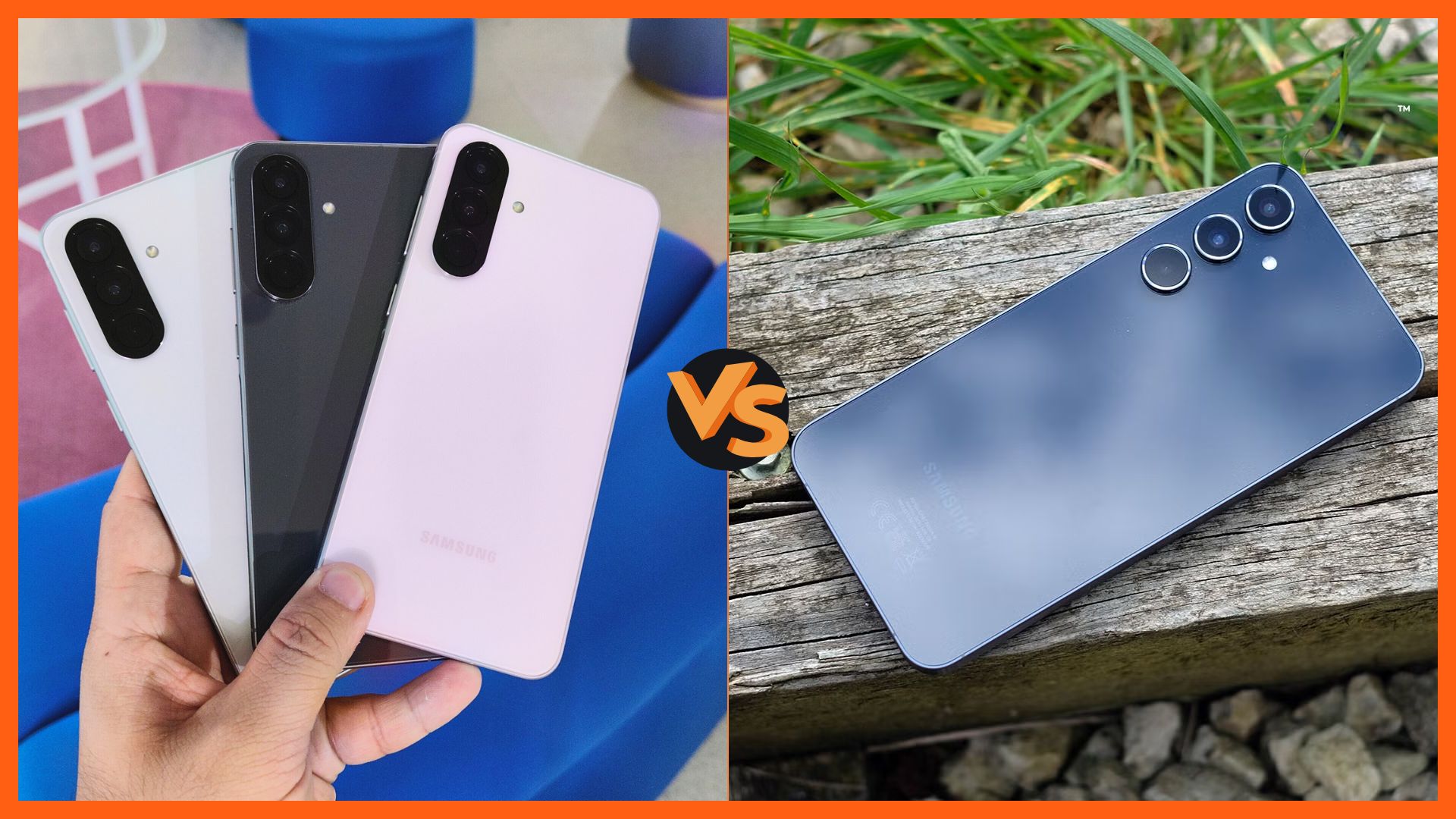



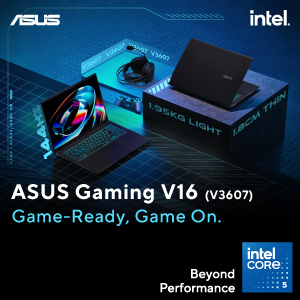
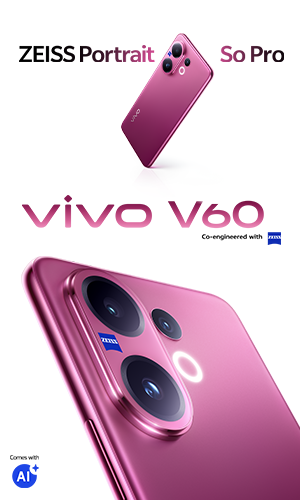



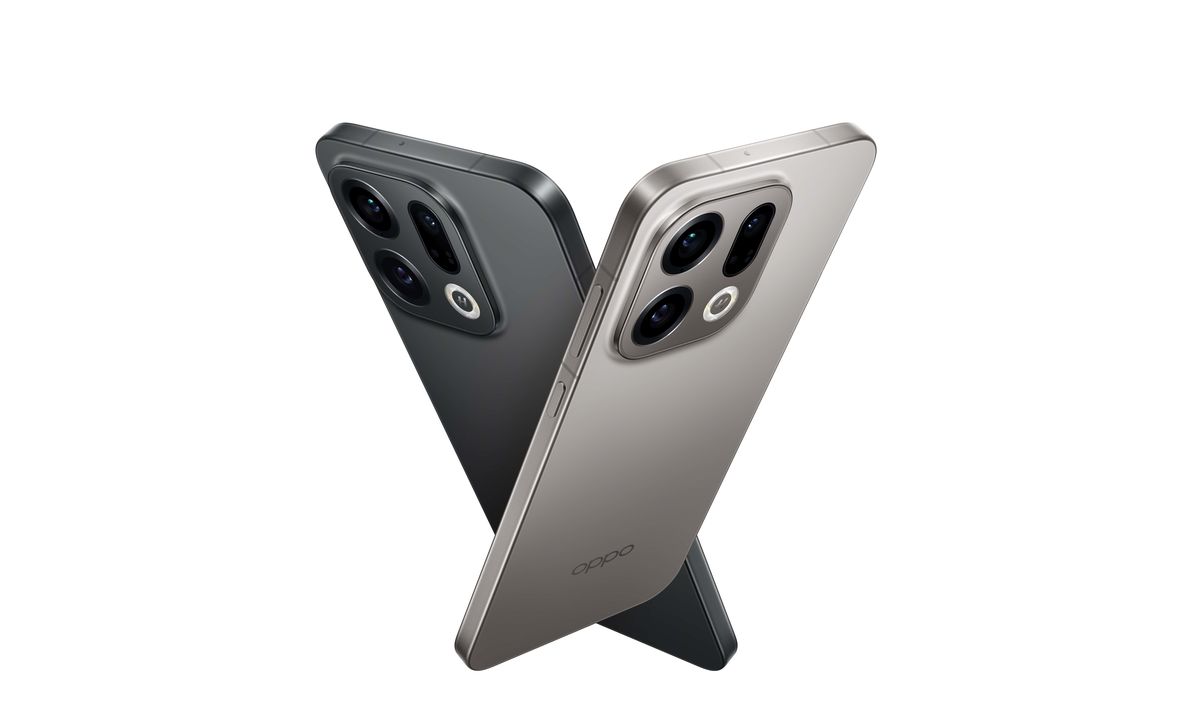
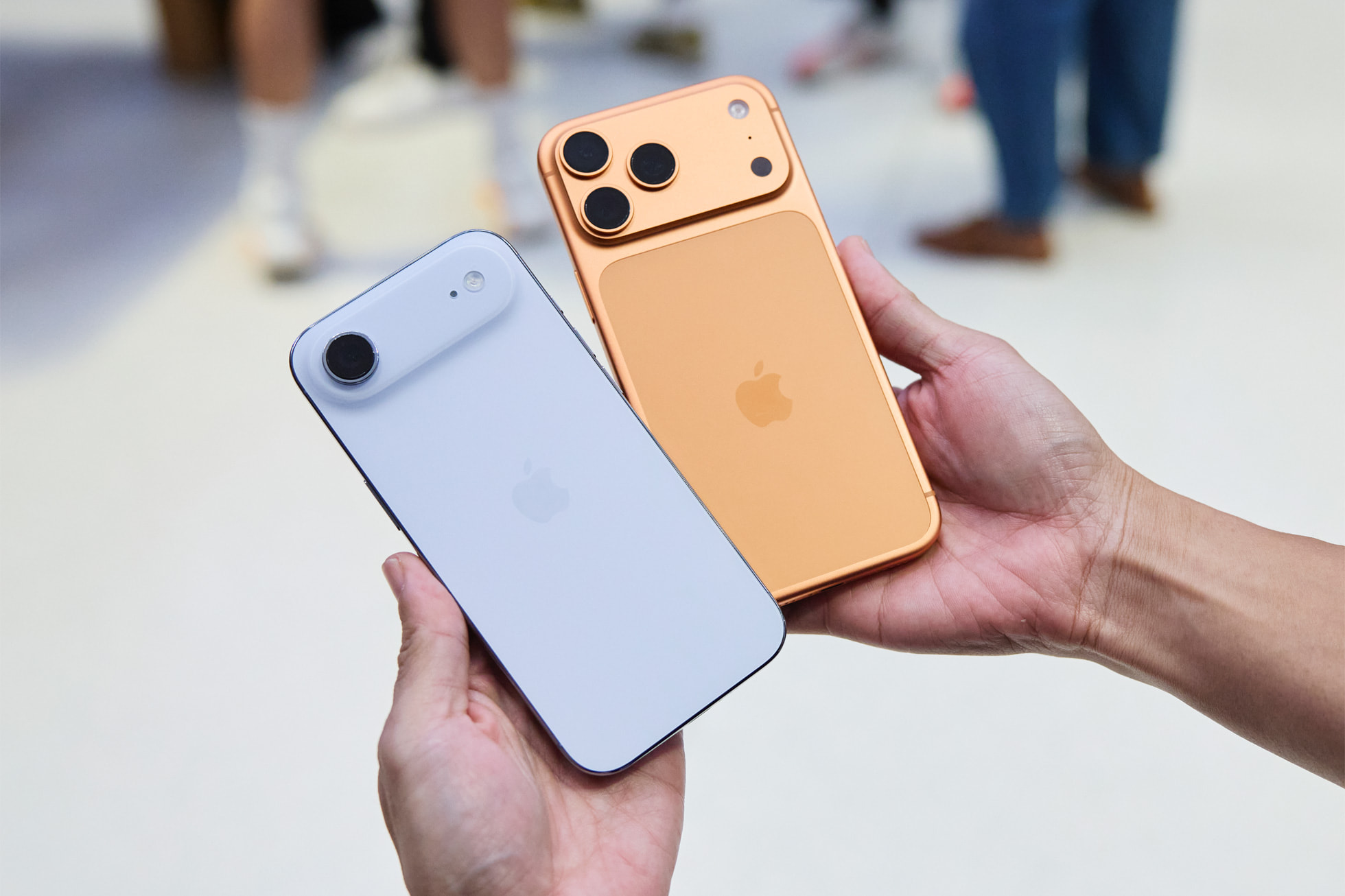
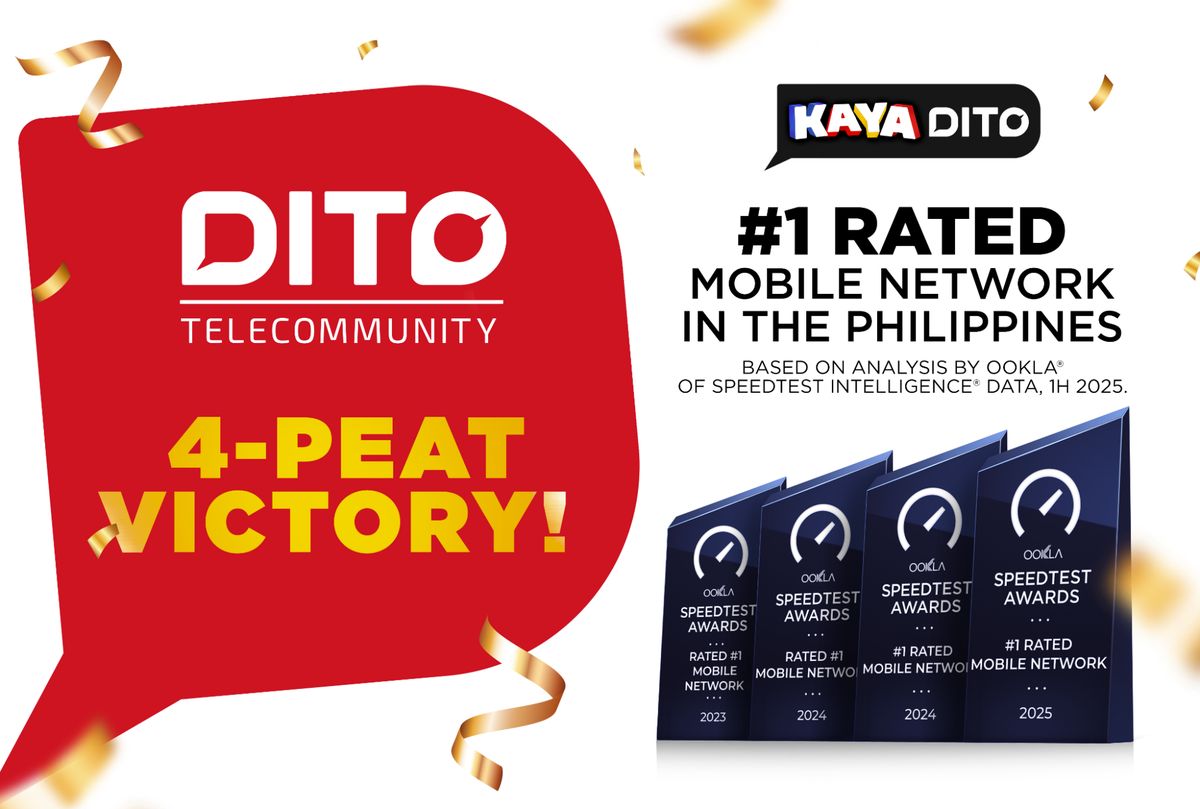

Leave a Reply